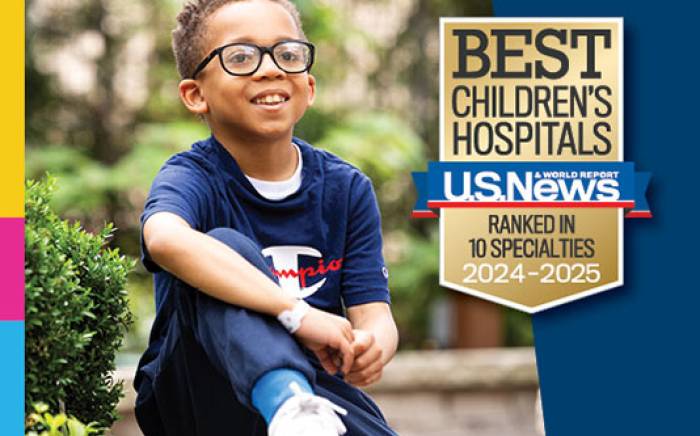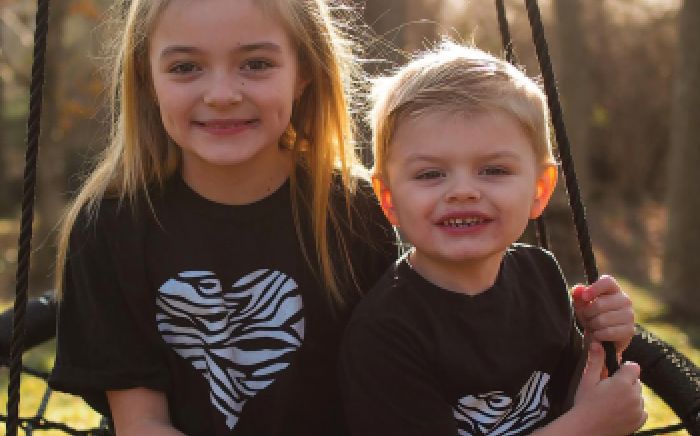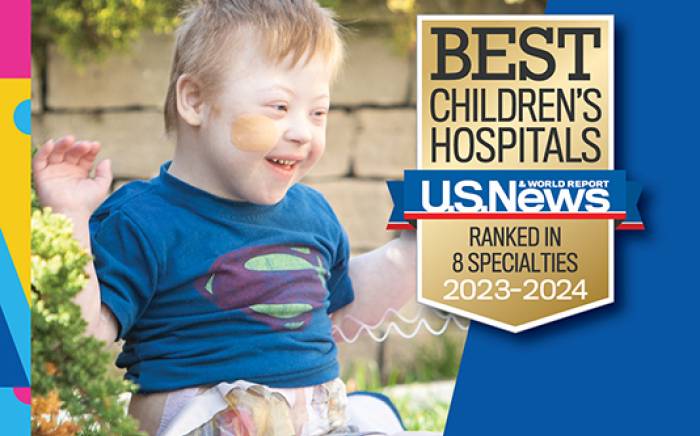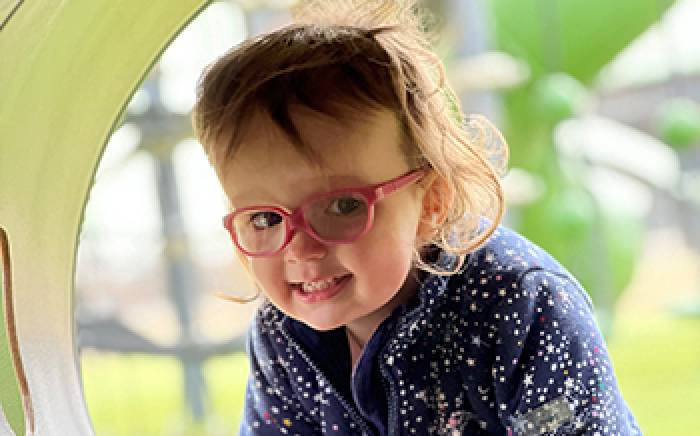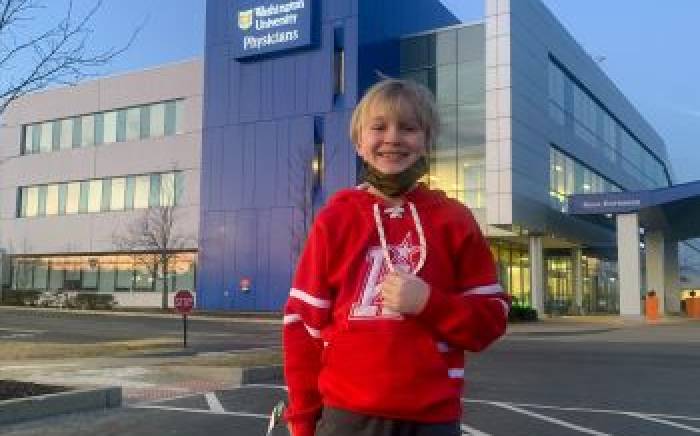 Madeline Thompson has accomplished quite a bit for being just 9 years old. At age 5, she began wake boarding behind her family’s boat with confidence and enthusiasm. She taught herself how to do a one-handed cartwheel and took gymnastics. Maddie also loves attending school, arts and crafts, all soft and snuggly animals, singing, reading chapter books, swimming, American Girl dolls, Legos, cooking, and spending time with her family and friends in her hometown of Hannibal, Missouri.
Madeline Thompson has accomplished quite a bit for being just 9 years old. At age 5, she began wake boarding behind her family’s boat with confidence and enthusiasm. She taught herself how to do a one-handed cartwheel and took gymnastics. Maddie also loves attending school, arts and crafts, all soft and snuggly animals, singing, reading chapter books, swimming, American Girl dolls, Legos, cooking, and spending time with her family and friends in her hometown of Hannibal, Missouri.
On June 17, 2015, Maddie’s bright and happy childhood came under attack by the diagnosis of a type of brain tumor called medulloblastoma. Surgery to remove the tumor was performed two days later, but the cancer cells had already spread to all surfaces of her brain and spine.
Fortunately for Maddie and her family, St. Louis Children’s Hospital was by her side, providing amazing talent and technology available at few other children’s hospitals. Her incredible team of caregivers was led by Dr. Karen Gauvain.
In 2016, Dr. Gauvain and two of her Children’s Hospital colleagues in the pediatric neuro-oncology program, Dr. Josh Rubin and Dr. David Limbrick, joined a consortium of 15 other medical centers that provides physicians with the latest technologies as well as clinical trials, expanding overall treatment options and, ideally, patient success rates.
Also available to Children’s Hospital patients who need it is interoperative MRI (IMRI), considered a major advance in treating brain tumors that few other pediatric medical centers have. For patients like Maddie with central nervous system tumors, IMRI provides neurosurgeons real-time visualization during surgery for the removal of tumors. With an IMRI, neurosurgeons remove the tumor, then stop the operation to acquire MRI images while the patient is still asleep. Using computer guidance along with IMRI, neurosurgeons then remove any remaining tumor that is safely accessible.
The hospital’s pediatric neuro-oncology program also is the first ever to evaluate laser ablation surgery for pediatric brain tumors. This minimally invasive procedure clears a path through the blood-brain barrier for chemotherapy drugs to infiltrate the tumor. Clinical trials will test whether this procedure helps alleviate cognitive damage common in children receiving treatment for brain tumors. In addition, our pediatric brain tumor patients also benefit from state-of-the-art radiation therapy, including intensity-modulated radiation therapy (IMRT), proton beam radiation and radiosurgery.
When kids like Maddie are treated at Children’s Hospital, they can actually help advance science by contributing to a pediatric brain tumor bank. The bank’s growing number of tumor, blood and cerebrospinal fluid specimens is carefully annotated and available to scientists worldwide whose research is aimed at life-saving treatments.
With the help of all these resources and more, Maddie has been cancer-free since January 2016 and is back to doing many of the things she loves, including attending the third grade. Physical and occupational therapy are helping her gain strength. And her school is helping her overcome her learning challenges and get back to where she was before treatment. As a reward for her hard work, Maddie gets to come home to her dog Jesse, an end-of-chemo surprise gift and rescue beagle/corgi mix.



